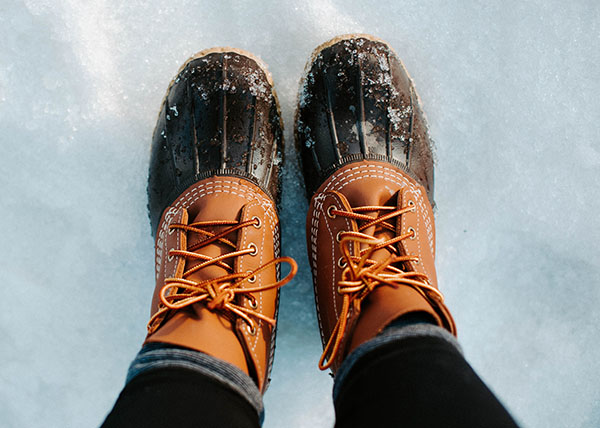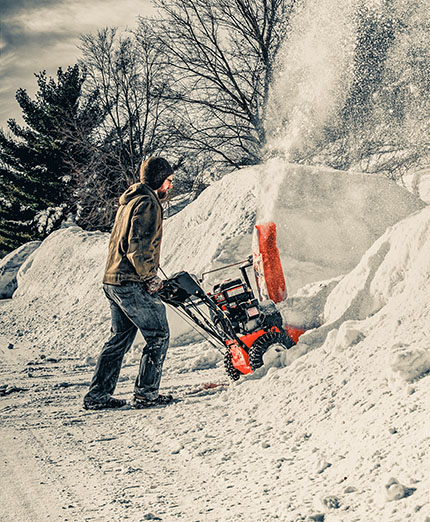How to Shovel Snow Safely to Protect Your Back & Heart
By Kristy Warren
Shoveling snow by hand is hard, physically taxing work, and northeast winters often mean doing a lot of it! Shoveling snow off sidewalks, steps, and driveways can leave us sore and sweating, but did you know it can also be dangerous to your health? Read on for tips on how to safely shovel snow to avoid putting dangerous stress on your back, shoulders, and heart.
Shoveling snow without proper technique and support can damage joints and overwork, sprain, or tear muscles, particularly along your rotator cuff or lower back. It can also put life-threatening stress on your most important muscle: your heart. Shoveling snow can even trigger heart attacks.
Come winter, the Laurel Health Centers see many injuries related to wintry weather. Here are easy-to-remember tips from our expert provider team for shoveling snow safely and avoiding stress and injury:
- Start gradually. Shoveling snow is vigorous exercise, and as with any workout, it’s important to stretch and start slow to warm up your muscles.

- Lift with your legs, not your back. Think of snow as lifting a package because heavy snowfall is just that: heavy! Bend at the knees and maintain a straight back when lifting snow. Avoid twisting side-to-side to throw snow over your shoulder.
- Wear appropriate clothing. You'll be outside for a while—make sure you're protected from the cold with warm clothes designed to stand up to outdoor temperatures. Reach for a hat, scarf, heavy winter jacket, water-resistant gloves, and insulated pants, preferably snow pants.
- Take breaks. Come inside periodically to warm up and rest your muscles. Resting regulates your body temperature and breathing, so a short break helps keep you from overdoing it.
- Enlist helpwith snow removal. If you are ill, a senior, or have a large area to shovel, it is best to enlist the help of loved ones or to hire someone for professional snow removal.
- Invest in equipment. If you live in an area that regularly sees significant snowfall, invest in a snow blower or attachable truck / tractor plow to cut down on manual snow shoveling, or arrange for a friend or neighbor with said equipment to help you out.
- Hydrate. When we feel the sting of cold weather, we often brush aside the idea of working up a sweat, but staying hydrated during strenuous activity like shoveling snow is important. If cold water is too unappetizing, try room-temperature water or tea.
- Change into warm, dry clothes. When you're done shoveling, it's important to get out of your cold, wet clothes. Take a warm shower or sit by the heater to warm up, and you guessed it—hydrate again!
If you are experiencing muscle pain or strain following snow shoveling, talk with your family doctor about your concerns. Laurel Health providers are available to do both onsite and telemedicine consultations to review symptoms and get you the care you need quickly and safely.

For more winter safety tips, stayed tuned to our news page or visit us on Facebook at facebook.com/laurelhc.
